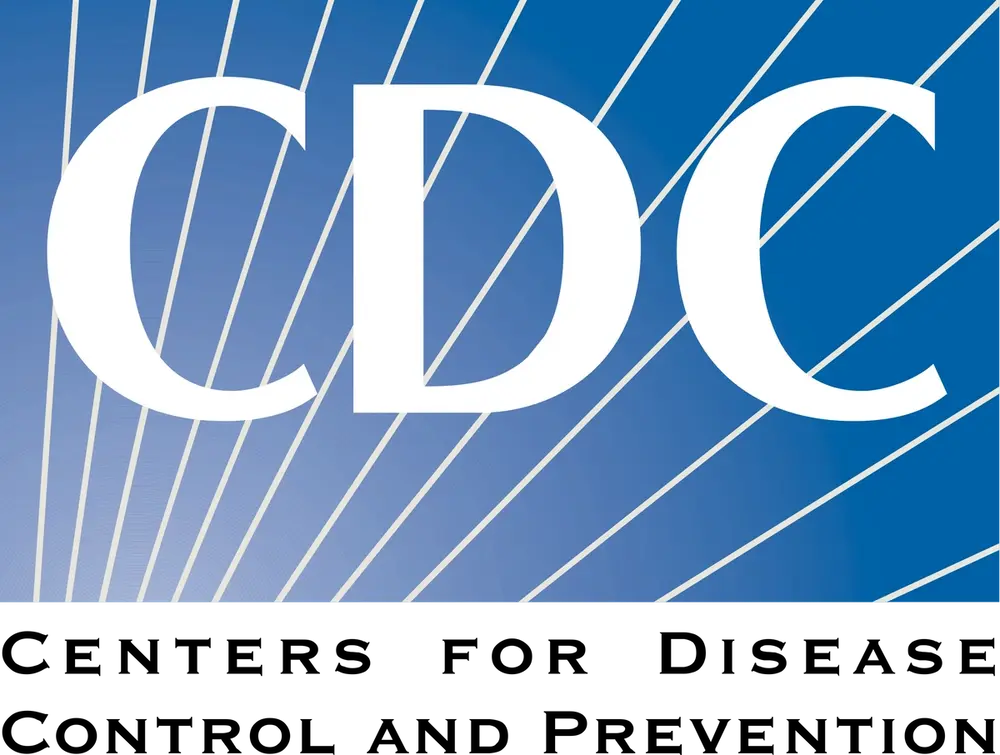CDC Issues Health Advisory for Parechovirus in Infants
The CDC is advising clinicians to test for parechovirus in infants exhibiting fever, sepsis-like syndrome, or signs of neurological impairment.

Last week, the US Centers for Disease Control and Prevention (CDC) issued a Health Alert Network (HAN) Health Advisory to inform the public that parechovirus is increasingly circulating in the United States.
Since May 2022, the CDC has received reports of parechovirus (PeV) infections in young infants and neonates from multiple US states.
Parechoviruses are a group of viruses in the Picornaviridae family that cause a wide array of illness in humans. These common childhood pathogens are often associated with clinical manifestations ranging from asymptomatic to severe illness.
Symptoms including upper respiratory tract infection, fever, and rash are common in children 6 months-5 years of age. Most children are naturally infected before they reach kindergarten age, but in infants under 3 months, sepsis-like illness, seizures, and meningitis may occur. These symptoms are particularly severe in infants younger than 1 month.
Studies have revealed the spinal fluid of infants with PeV often has little to no white blood cell count. Long-term neurodevelopmental outcomes, though rare, may also occur.
All PeV positive viral specimens were type PeV-A3, the type most often associated with severe disease. Because the CDC does not conduct systematic surveillance for PeVs, it is unknown how this year’s reported PeV infections compare to previous years.
The virus can be transmitted even by asymptomatic individuals, typically by coming into contact with feces or via respiratory routes. Additionally, infected persons may be infectious for a long time, despite only experiencing symptoms for a few days. Shedding from the upper respiratory tract may occur for 1-3 weeks, and for up to 6 months from the gastrointestinal tract.
There is no specific recommended treatment for PeV infection. The CDC is recommending all healthcare providers test for PeV when infants present with indicative symptoms, including fever, sepsis-like syndrome, or signs of neurological impairment.
